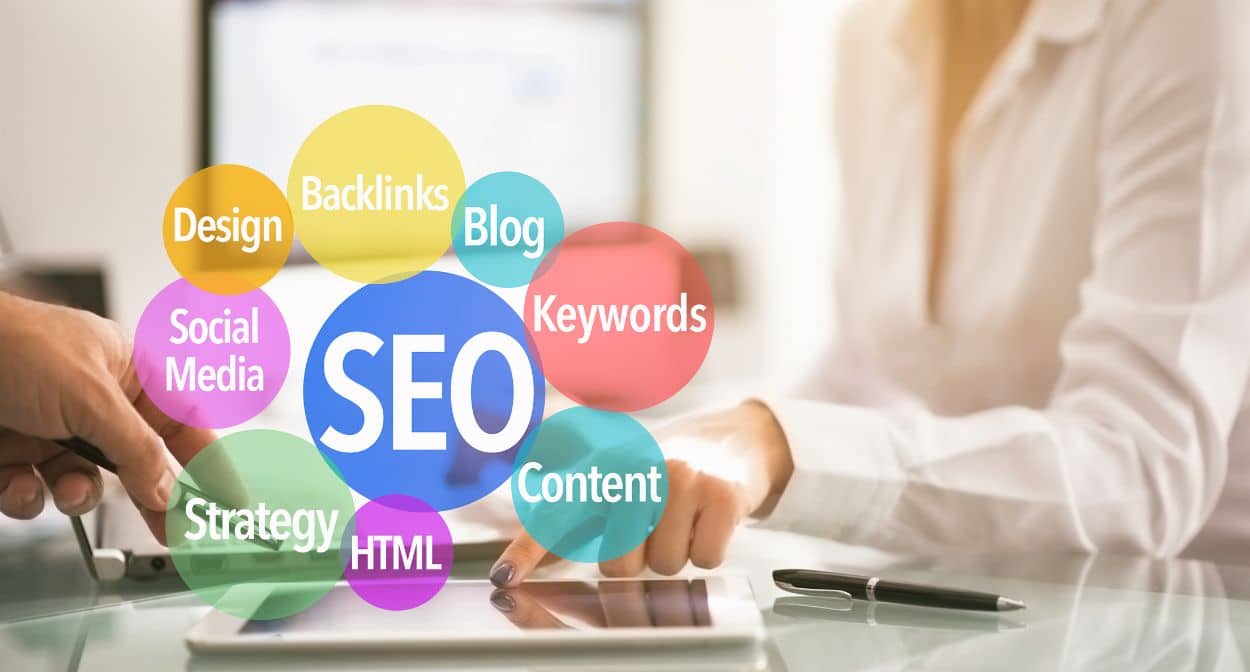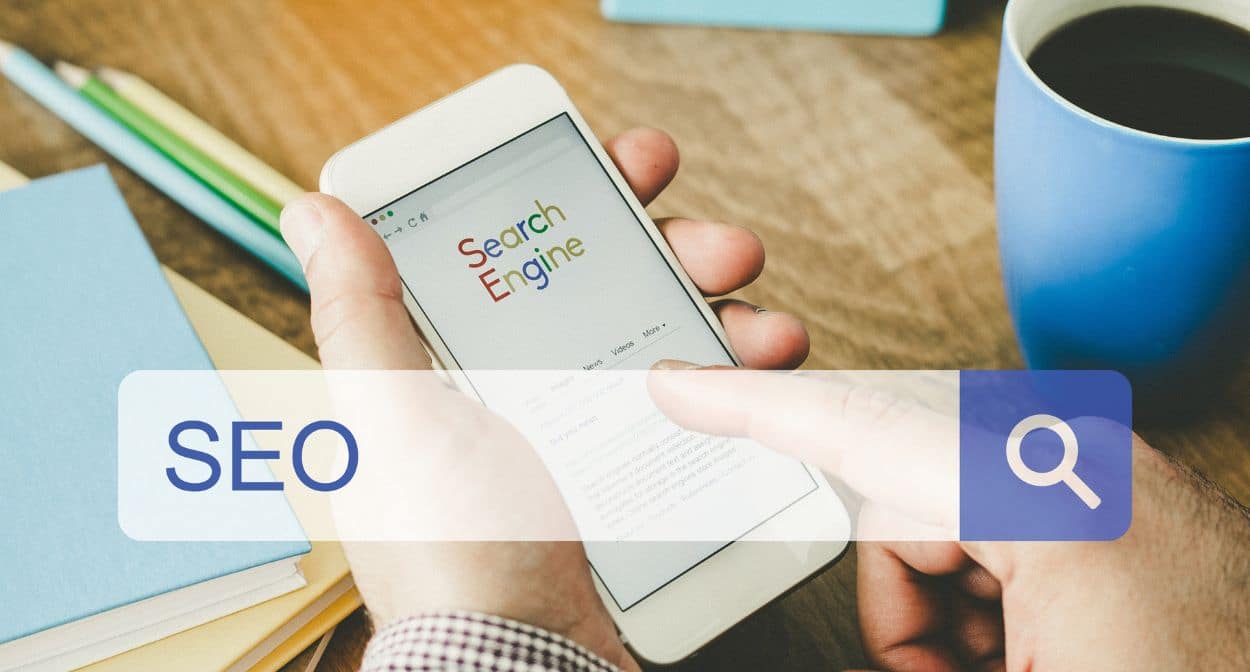
Why Your Website is Your Most Important Salesperson
The Digital Era and Online Presence
Hello there! Have you ever stopped to ponder how much the world has evolved in the last few decades? It’s mind-blowing, right? The internet has taken over, and the business landscape is no exception. If you own a business or are thinking of starting one, having a solid online presence is no longer optional. Think of your website as the front door to your business in the digital world. It’s more than just a source of information; it’s your virtual salesperson.The First Impression

Visual Appeal and Professionalism
Did you know that it only takes about 50 milliseconds for visitors to form an opinion about your website? Imagine your website is a salesperson at a store. Would you trust a salesperson dressed in shabby clothes? Of course not! Your website needs to be dressed to impress. A clean, professional look with a dash of creativity can work wonders.User-Friendly Navigation
Mobile Responsiveness
Now, imagine you walk into a store and can’t find what you’re looking for. Annoying, huh? The same goes for your website. It must be easy to navigate, and in today’s mobile world, it must be responsive to all devices. You don’t want to lose a customer just because they couldn’t view your site properly on their phone, do you?The 24/7 Salesperson

Round-the-Clock Availability
Unlike a human salesperson, your website doesn’t sleep. It’s there 24/7, always ready to greet your customers with open arms. Can you imagine the possibilities? It’s like having a tireless salesperson that never goes on vacation.Global Reach
And we’re not just talking local customers. Your website can reach people on the other side of the globe. How cool is that? It’s like your local store, but with the whole world walking past the window.Building Trust
Testimonials and Reviews
Trust is the cornerstone of any relationship, including the one with your customers. And what better way to build trust than through testimonials and reviews? It’s like your friends telling you how great a restaurant is. You’re more likely to go, right?Security
Additionally, ensuring that your website is secure is crucial. It’s like having a security guard at your store; it makes people feel safeto shop with you. Don’t you feel more at ease when you see that little padlock icon in the address bar? That’s your website’s security guard.Lead Generation and Conversion

Capturing Visitor Information
So, you’ve got visitors on your website. Great! But, wait, how do you turn them into customers? Here’s where lead generation comes into play. It’s like fishing; you need to throw in the bait to catch the fish. Offer something valuable in exchange for their contact information.Engaging Content
Utilizing CTAs
And once you’ve caught their attention, reel them in with engaging content and clear calls to action (CTAs). It’s like a friendly salesperson showing you the best products and explaining why you can’t live without them. Make your CTAs stand out – be the salesperson that closes the deal!Analytics and Improvement

Tracking Performance
You wouldn’t run a store without keeping an eye on the sales, right? The same goes for your website. Use analytics to track what’s working and what’s not. It’s like having a super-smart assistant giving you the inside scoop on your customers’ behavior.Continuous Optimization
Armed with this information, continuously optimize your website to better serve your customers. It’s like rearranging the shelves in a store to make sure the best products are in the spotlight.Conclusion
So, what have we learned? Your website is more than just a collection of pages; it’s your most important salesperson. It’s the first impression, the trust builder, the lead generator, and so much more. Take care of it, optimize it, and it will take care of your business.FAQs
1. Why is my website considered a salesperson?
Your website acts as a salesperson because it’s the first point of contact for many customers, provides them with information, and guides them through the purchasing process.
2. How can I make my website more engaging?
Use high-quality images, write compelling content, and have clear calls to action. Keep it simple and ensure that it’s easy to navigate.
Absolutely! More than half of web traffic comes from mobile devices, so it’s crucial to have a website that looks and functions well on all devices.
4. How can I build trust through my website?
Include customer testimonials, ensure your site is secure, and provide clear and honest information about your products or services.
5. What should I focus on for continuous website optimization?
Focus on analyzing customer behavior through analytics, improving site speed, updating content, and optimizing for SEO.



 The answer to this question is multifaceted. A professionally designed website can enhance your business’s visibility, credibility, customer reach, and overall profitability. Let’s break it down.
The answer to this question is multifaceted. A professionally designed website can enhance your business’s visibility, credibility, customer reach, and overall profitability. Let’s break it down.
 You know what they say—first impressions last. And in the digital world, your website is often the first point of contact between your business and potential customers. A professionally designed website can ensure that this first impression is a positive one.
You know what they say—first impressions last. And in the digital world, your website is often the first point of contact between your business and potential customers. A professionally designed website can ensure that this first impression is a positive one.
 Trust is a vital component of any business relationship. A professionally designed website can help foster this trust by providing clear, accurate information and demonstrating your commitment to quality.
Trust is a vital component of any business relationship. A professionally designed website can help foster this trust by providing clear, accurate information and demonstrating your commitment to quality.
 A professionally designed website can be a powerful marketing tool. It can help you attract, engage, and convert potential customers, all while providing valuable data for future marketing efforts.
A professionally designed website can be a powerful marketing tool. It can help you attract, engage, and convert potential customers, all while providing valuable data for future marketing efforts.




















